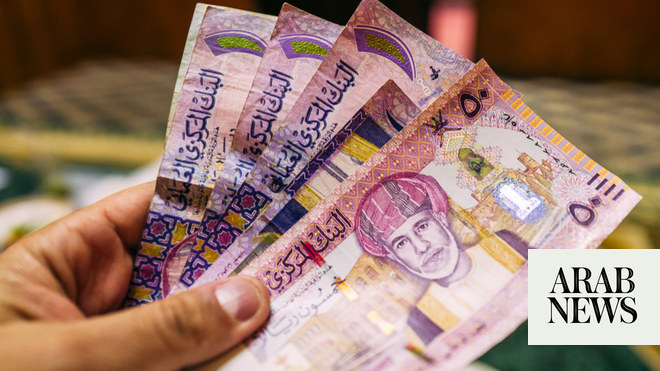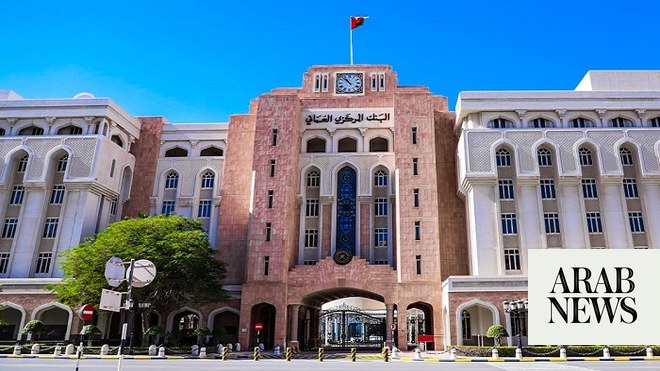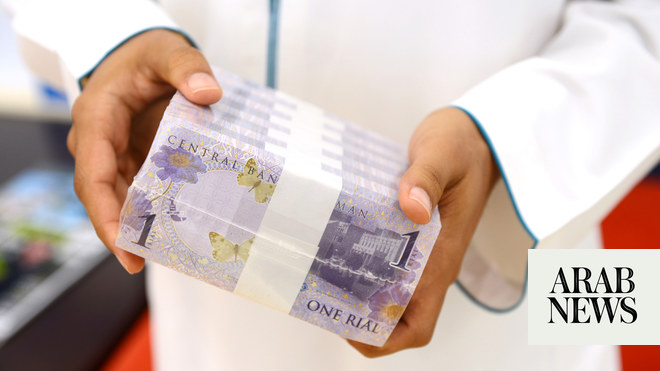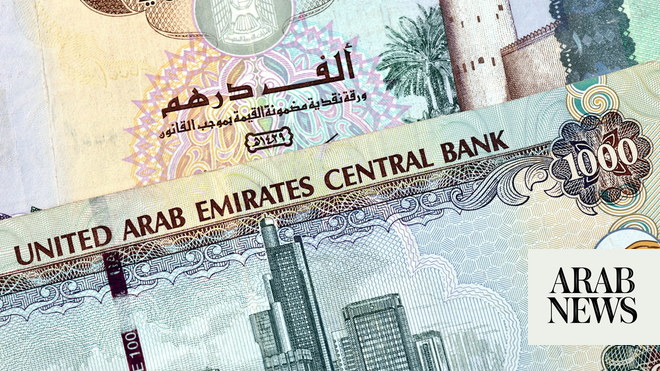
RIYADH: The Central Bank of Oman has revealed that the total value of government treasury bills issued this week amounted to 35 million Omani rials ($90.9 million) in what is a 150 percent rise from similar action taken in May.
The issuance of the bills comes as the largest oil producer in the region not to be part of the Organization of the Petroleum Exporting Countries anticipates a budget deficit of around 1.3 billion rials in 2023, the equivalent to 3 percent of its economy, the Ministry of Finance announced in January.
According to a statement from the bank, the amount was raised through two tranches of 20 million rials and 15 million rials.
The tranche worth 20 million rials had a maturity of 28 days, and per 100 rials the average and minimum accepted price reached 99.665 rials.
The tranche’s average discount rate reached 4.36 percent and the average yield reached 4.38 percent.
The second tranche, worth 15 million rials, had a maturity of 91 days.
For every 100 rial, its average accepted price reached 98.767 rials while the minimum accepted price arrived at 98.765 rials.
This tranche’s average discount rate and the average yield reached 4.94 percent and 5 percent, respectively.
Issued by the Ministry of Finance, treasury bills are guaranteed short-term financial instruments that offer licensed commercial banks the opportunity to invest their surplus funds.
Furthermore, treasury bills are also known to promote and further propel the domestic money market by creating a benchmark yield curve for short-term interest rates.
Governments may also opt for treasury bills to finance its recurrent expenditures when necessary.
Also referred to as Repo, repurchase agreements are a form of short-term borrowing, mainly in government securities.
With the CBO, the interest rate on the repurchase agreement operations stands at 5.75 percent while the discount rate on the Treasury Bills Discounting Facility stands at 6.25 percent.
In May, a report from the World Bank forecast the Omani economy is set to grow at a slower pace than previously anticipated.
“Overall growth is projected to moderate to 1.5 percent in 2023 reflecting softening global demand,” said the report, adding: “Accordingly, the hydrocarbon sector is anticipated to contract by 3.3 percent reflecting OPEC+ (OPEC and its allies) recent production cuts while the non-oil economy is projected to continue its recovery trajectory by growing 3.1 percent in 2023 supported by frontloading of infrastructure projects, increased industrial capacity from renewable energy, and the tourism sector.”












